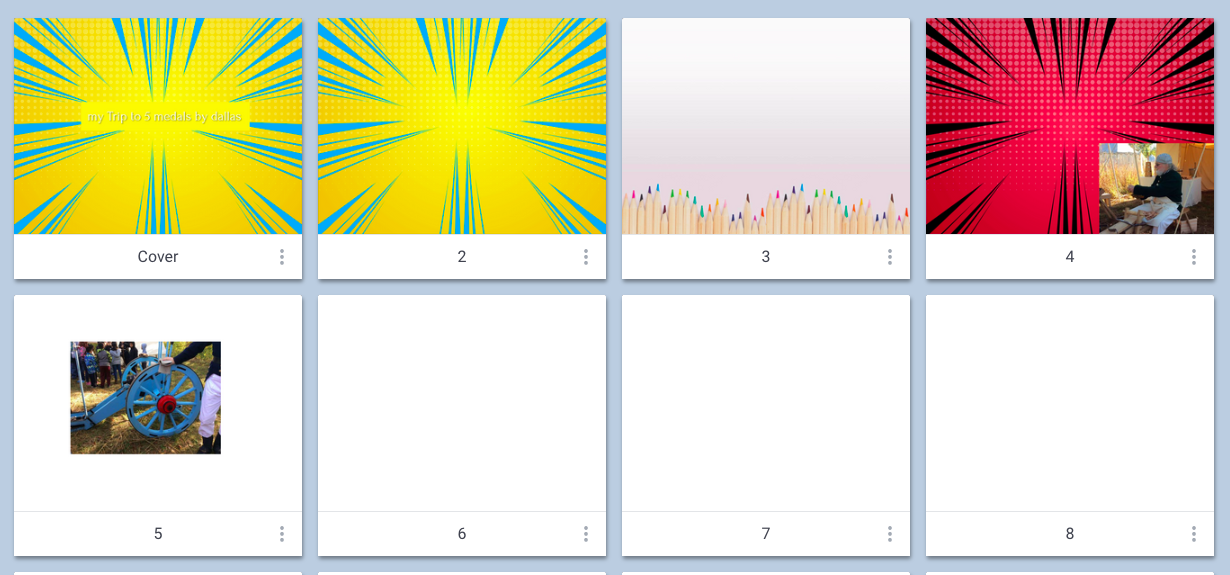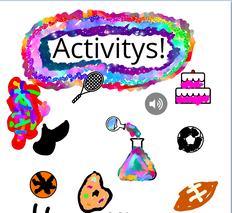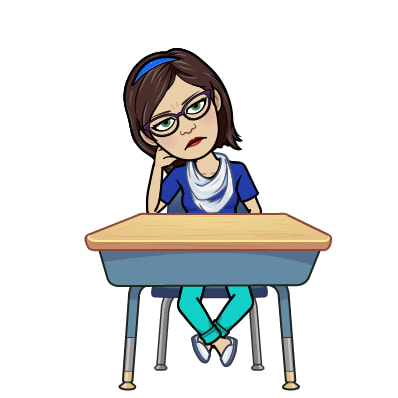|
For the purposes of this post, here is my definition of design and the dictionaries definition of aesthetic: design: using space, shapes, and color to make a document aesthetic aes·thet·ic:
 2 hours later... 2 hours later... Have you ever seen this in your classroom? Student A is creating an online book. His/her pages are filled with random pictures, different fonts, different backgrounds, disconnected drawings, and speech bubbles; but there is no content or words. Have you ever heard yourself say, "Put the text in first, then you can go back and fancy it up with colors, fonts, and pictures."? (Me. Yesterday.) oI'm all for integrating design into projects. It adds more bang for your buck as students build spacial and visual skills. But I know all to well there are pitfalls a' plenty. One "pitfall" is this: Design is not tested on our high stakes state test. The other pitfalls often boil down to this: Sometimes some students focus only on design and neglect content. I get this. I've seen this. I know this. I've done my best to stop this. But here's the thing: And here are my reasons why:
In summary, there are pitfalls to offering design as part of a project, but I believe the benefits outweigh the potential negatives. I challenge myself to keep offering design opportunities in the learning experiences I plan for my students. I believe in them. And I believe in them.
1 Comment
Jodi Beachy
11/26/2019 12:28:11 am
I will use your insights with my nursing students. Excellent.
Reply
Leave a Reply. |

